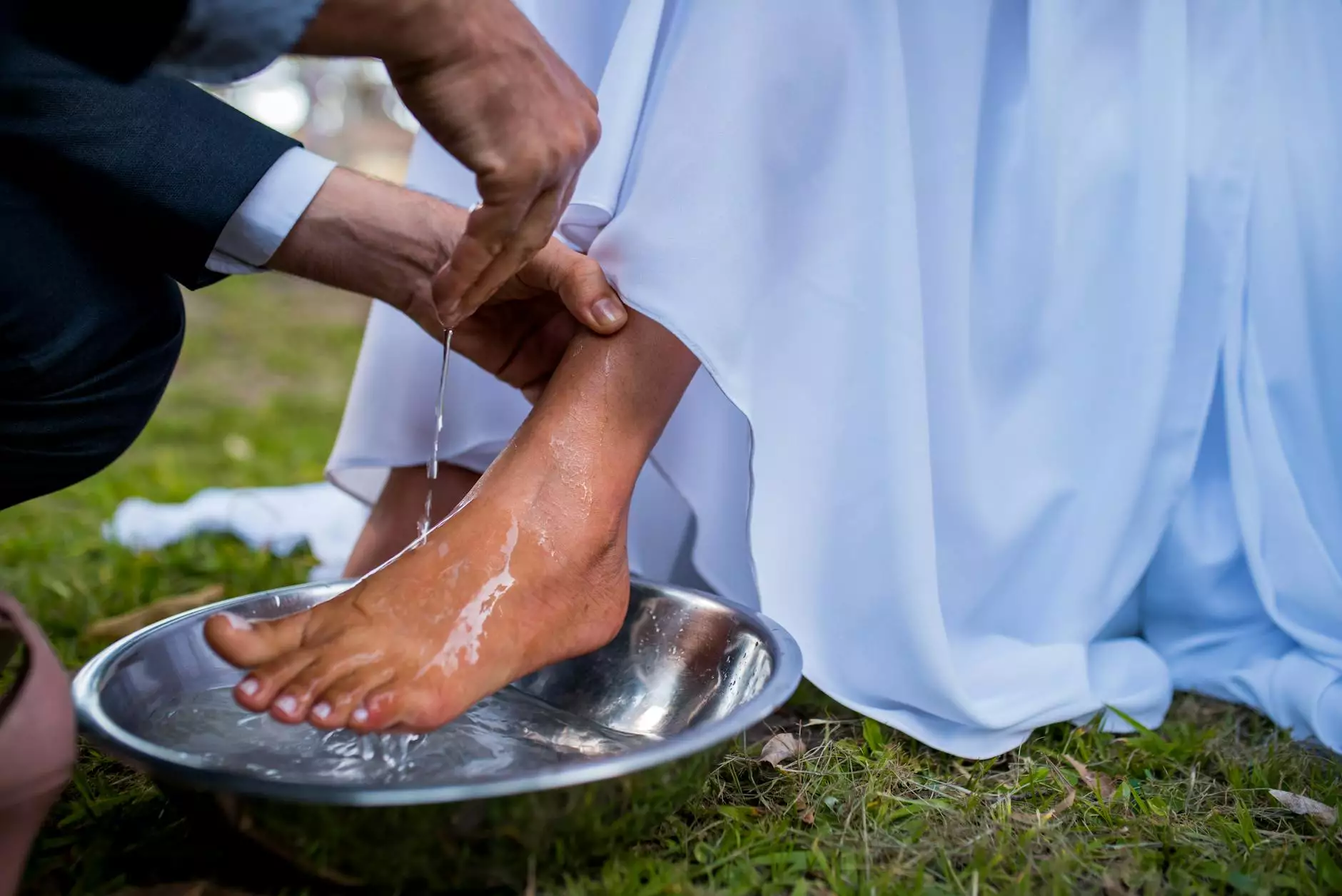Understanding Crowns, Inlays, and Onlays in Dental Care

In the world of dental restoration, few techniques are as reliable and effective as crowns, inlays, and onlays. These treatments not only enhance the appearance of your teeth but also restore their functionality and strength. Whether you're dealing with decay, fractures, or wear, understanding these options is crucial for maintaining your oral health. In this extensive guide, we’ll delve deep into the details of crowns, inlays, and onlays, their differences, advantages, and what to expect during the procedures.
What Are Crowns?
Crowns, often referred to as caps, cover the entire tooth surface above the gum line. They are designed to restore the shape, size, strength, and appearance of a damaged tooth. Crowns can be made from several materials, including:
- Porcelain: Offers a natural aesthetic and is ideal for front teeth.
- Ceramic: Known for its durability and resemblance to natural teeth.
- Metal: Includes gold and other alloys, known for their strength and longevity but less aesthetic.
- Resin: Typically used for temporary crowns.
Why Would You Need a Crown?
Crowns are necessary in various situations, such as:
- Severe decay that cannot be treated with fillings.
- Fractured or broken teeth.
- Weak teeth that need reinforcement.
- Teeth that have undergone root canal therapy.
- To improve the appearance of misshapen or discolored teeth.
The Crown Placement Procedure
The process of getting a dental crown usually involves the following steps:
- Initial Consultation: Your dentist will evaluate the health of the tooth and take X-rays to assess the underlying bone structure.
- Tooth Preparation: The affected tooth will be reshaped to make room for the crown. This may also include cleaning decay.
- Impressions: An impression of your tooth is made to ensure the crown fits perfectly. This can be done using traditional molds or digital scanning.
- Temporary Crown: A temporary crown may be placed while the permanent one is being made in a dental lab.
- Crown Placement: Once ready, the dentist will fit the permanent crown onto your tooth and secure it in place using dental cement.
What Are Inlays and Onlays?
Inlays and onlays are often confused, but understanding their unique roles can help you make an informed decision. Both are types of indirect restorations that repair damage to the chewing surfaces of your teeth.
Inlays
Inlays are used to fill cavities that occur within the cusps of the tooth. They are designed to fit snugly within the tooth structure and are ideal for moderate decay where traditional fillings may not suffice.
Onlays
Onlays, on the other hand, cover one or more cusps of the tooth. They are often referred to as partial crowns because they reinstate the entire surface of the tooth, providing both strength and aesthetics.
Why Choose Inlays and Onlays?
Inlays and onlays offer several benefits, including:
- Enhanced Durability: Made from strong materials, these restorations provide lasting support.
- Natural Appearance: Custom-fitted and shaded to match your teeth, they blend seamlessly for an appealing result.
- Less Tooth Alteration: Inlays and onlays require less removal of the natural tooth structure compared to full crowns.
- Strength and Stability: They can absorb chewing forces effectively, making them a strong option for back teeth.
The Inlay and Onlay Procedure
Similar to crowns, the placement of inlays and onlays includes several steps:
- Consultation and Diagnosis: Your dentist will evaluate the extent of the damage to your tooth.
- Tooth Preparation: Decayed or damaged portions of the tooth will be removed, and the cavity will be shaped.
- Impression Taking: An impression will be made to create a custom inlay or onlay.
- Temporary Restoration: A temporary inlay or onlay may be placed while the permanent one is made.
- Final Placement: The permanent restoration is securely bonded to your tooth after checking the fit and bite.
The Importance of Professional Dental Care
Choosing a qualified dental professional to perform crown, inlay, or onlay procedures is vital. At Teeth At tiong Bahru, we emphasize the importance of personalized care and effective communication with our patients. Our experienced dentists leverage the latest technology to ensure a comfortable experience and optimal results.
Factors to Consider When Choosing Crowns, Inlays, or Onlays
- Extent of Damage: Assess the level of decay or damage to determine the most suitable restoration.
- Material Preference: Discuss material options with your dentist, taking both aesthetics and durability into account.
- Budget: Understand the costs associated with each option, including any potential insurance coverage.
- Long-Term Maintenance: Discuss care guidelines and longevity estimates for each restoration type.
Aftercare and Maintenance
Post-procedure care is essential for maintaining the integrity of crowns, inlays, and onlays. Here are some tips to ensure their longevity:
- Good Oral Hygiene: Brush and floss regularly, as you would with natural teeth.
- Avoid Hard Foods: Be cautious with very hard foods that could damage your restoration.
- Regular Check-Ups: Schedule routine dental visits for monitoring the condition of your restorations.
- Address Issues Promptly: If you experience discomfort or notice any changes, consult your dentist immediately.
Conclusion
Crowns, inlays, and onlays are comprehensive solutions that can restore the function and beauty of your teeth. Choosing the right type of restoration depends on various factors, including the extent of the damage and personal preferences. By making an informed decision and partnering with skilled professionals at Teeth At tiong Bahru, you can enjoy the benefits of a healthy, beautiful smile for years to come. Dental restoration is an investment in your oral health, and the right procedure can significantly enhance your quality of life.
crowns inlays and onlays








